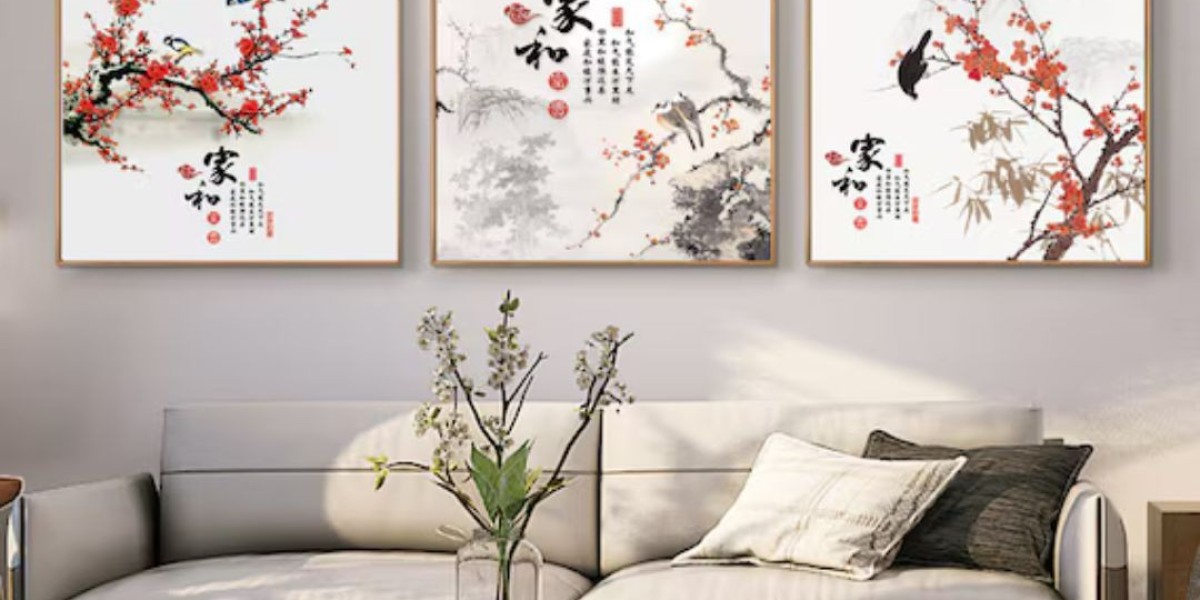Chinese culture art is one of the oldest and most influential art traditions in the world. Spanning thousands of years, it reflects the deep philosophical, religious, and cultural values of China. This article delves into the rich and diverse influences that have shaped Chinese culture art, from its ancient beginnings to the modern-day interpretations.
The Beginnings of Chinese Culture Art
Chinese culture art has roots that trace back to over 5,000 years ago, when the early dynasties, including the Xia, Shang, and Zhou, laid the foundations for what would later become a distinctive artistic tradition. The earliest artifacts found from these periods are mostly in the form of pottery, jade carvings, and bronze items, such as ceremonial vessels and ritualistic objects. These early pieces illustrate a combination of both utilitarian purposes and ceremonial significance, which would remain central to Chinese art through the ages.
The fundamental purpose of early Chinese art was to serve religious and ceremonial functions. The rulers and elites of the time believed in the connection between heaven and earth, and their artistic creations were meant to honor ancestors, spirits, and the gods. The artwork of this era was often focused on motifs that symbolized power, harmony, and the natural world, such as dragons, phoenixes, and other mythological creatures.
Philosophical Influences
A major influence on Chinese culture art has been its deeply ingrained philosophical traditions. Two of the most important philosophical schools that influenced Chinese art are Confucianism and Daoism, with a third school, Buddhism, arriving later and making a significant impact on the artistic expressions of China.
Confucianism: Confucianism, founded by Confucius, emphasizes order, harmony, and respect for tradition and authority. These ideals were reflected in art through depictions of societal order, respect for ancestors, and moral virtue. Portraiture, often of emperors or revered figures, became a prominent art form during the Han dynasty. Confucian teachings also influenced the use of symbols in art, with dragons representing imperial authority and the lotus symbolizing purity.
Daoism: Daoism, founded by Laozi, stresses harmony with nature, spontaneity, and the concept of "wu wei" (non-action). This philosophy led to a style of painting and sculpture that was more fluid and abstract compared to the structured works influenced by Confucianism. Daoist ideas about the interconnectedness of all things also encouraged Chinese artists to explore themes of nature, the cosmos, and the balance between Yin and Yang. The emphasis on natural landscapes, such as mountains, rivers, and forests, became a hallmark of Chinese landscape painting.
Buddhism: Buddhism, which was introduced to China from India around the first century CE, had a profound effect on Chinese culture art. Buddhist art focused on religious iconography, such as depictions of Buddha, Bodhisattvas, and scenes from Buddhist scripture. The introduction of Buddhist art led to the creation of large-scale statues, cave murals, and intricate temple decorations, many of which can still be seen in sites like the Mogao Caves in Dunhuang.
The Dynastic Influence
Over the centuries, Chinese art evolved alongside the many different dynasties that ruled the country, each contributing to the development of distinct artistic styles and techniques.
Tang Dynasty (618–907): The Tang dynasty marked a golden age of Chinese culture art. It was a period of cultural flourishing, and the arts, including painting, sculpture, and pottery, reached new heights. Tang art was characterized by bold, colorful depictions of both religious and secular subjects. The famous Tang dynasty tomb murals and terracotta figurines are a testament to the creativity of this period. Furthermore, the silk road trade routes allowed for the exchange of ideas between China and Central Asia, enriching the artistic landscape of the time.
Song Dynasty (960–1279): The Song dynasty is often regarded as one of the most influential periods in Chinese culture art, particularly in the realm of painting. The refinement of Chinese landscape painting began during this time, with an emphasis on the beauty of nature and the role of humans as part of the natural world, rather than as its rulers. The "literati painting" tradition emerged during the Song period, where scholar-artists used art as a means of self-expression and a way to convey moral ideals.
Yuan Dynasty (1271–1368): During the Yuan dynasty, under Mongol rule, the arts began to reflect more diverse cultural influences, including those from Central Asia and the West. The Mongol rulers were patrons of the arts, and many artists began to experiment with new styles, blending traditional Chinese elements with foreign influences. This period saw the rise of ink wash painting, which allowed artists to express fluidity and spontaneity, key tenets of Daoism.
Ming Dynasty (1368–1644): The Ming dynasty is known for its artistic refinement and mastery of porcelain, particularly blue-and-white pottery. Ming artists were renowned for their detailed and intricate works in painting, ceramics, and textiles. The period also saw the continued development of Chinese garden design, with gardens reflecting the philosophical ideas of harmony with nature.
Qing Dynasty (1644–1912): The Qing dynasty, the last imperial dynasty of China, saw a blend of traditional Chinese art with influences from the West, particularly in the later stages of the dynasty. This period produced exquisite works in painting, embroidery, and porcelain, but it also marked the decline of traditional Chinese art as Western-style realism began to gain prominence.
The Influence of Chinese Calligraphy
One of the most revered forms of Chinese culture art is calligraphy, which has a long and rich tradition. Calligraphy in China is considered not just a form of writing, but also an art form that expresses the artist's personality, emotions, and philosophical beliefs. Chinese calligraphy is unique in its use of brushstrokes and ink, creating a dynamic and fluid visual expression that reflects the inner state of the artist.
Over time, the art of calligraphy evolved through various styles, such as the seal script, clerical script, regular script, and cursive script. Each style has its own characteristics and level of formality, and calligraphy often goes hand-in-hand with poetry, with many works of art combining the two. The ability to master calligraphy was seen as a sign of intellectual refinement, and many scholars took up calligraphy as a way to cultivate both their artistic and moral sensibilities.
The Impact of Chinese Art on the World
Chinese culture art has had a profound impact on the development of art across the world. Through trade along the Silk Road, Chinese silk, ceramics, and artwork made their way to Central Asia, the Middle East, and Europe, influencing the art of these regions. Chinese porcelain, in particular, became highly prized, and its techniques spread to Europe during the 17th century.
In the 20th century, Chinese culture art underwent significant transformations due to political and social changes, particularly during the Cultural Revolution. Despite this, traditional Chinese artistic forms have experienced a resurgence in recent decades as China re-embraces its rich cultural heritage.
Contemporary Chinese Art
In modern times, Chinese art continues to evolve and adapt to global trends. Contemporary Chinese artists are blending traditional methods with modern techniques, creating innovative works that reflect both the history and future of Chinese culture art. Many artists now use multimedia, installation, and performance art to address issues such as identity, politics, and the rapid modernization of China.
Conclusion
Chinese culture art is a product of thousands of years of history, philosophy, and cultural exchange. Its evolution has been shaped by the teachings of Confucianism, Daoism, and Buddhism, as well as by the artistic practices of numerous dynasties. From ancient pottery and bronze works to contemporary installations, Chinese art reflects the country’s deep connection to its past, its natural world, and its ongoing transformation in the modern era. The enduring legacy of Chinese culture art continues to inspire artists and art lovers worldwide, making it an invaluable part of global cultural heritage.










